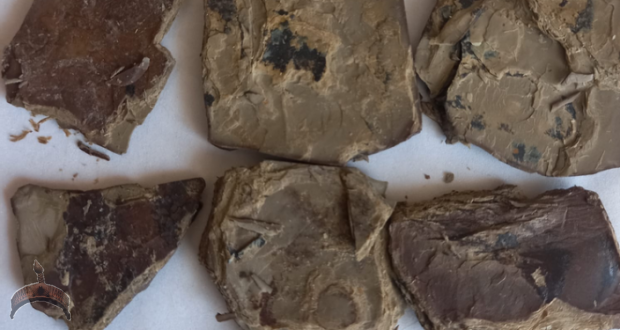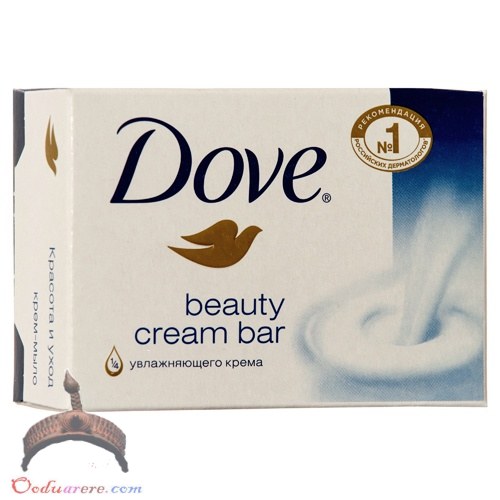Ulo clay is a natural clay with a fine, soft texture. It forms a paste when mixed with water. Some people use this paste for medical or cosmetic benefits, such as treating rashes and acne or as a hair mask.
People have used Ulo clay to remove impurities on the skin, such as oils, and toxins from the body for thousands of years.
Ulo clay is present in many skin products, but some people also add it to foods or drinks with the aim of relieving digestive issues or removing toxins from the body.
Many studies have looked at the health benefits of ulo clay, though most of this research has used animal or cell models. More research is needed before scientists will know the true benefits and risks of ulo clay in humans.
In this article, we will look at the research behind 11 potential health benefits of ulo clay, along with potential risks.
How does ulo clay work?
Scientists believe that ulo clay works by adsorbing oils and dirt from the skin.
The theory is that ulo clay adsorbs materials by sticking to their molecules or ions. As the clay leaves the body, it takes the toxin or other molecules with it.
When a person uses it on the skin, ulo clay may have the power to adsorb oils and bacteria. When they consume the clay, it may adsorb toxins or other unwanted substances from the digestive tract.
Ulo clay contains natural minerals such as calcium, magnesium, and iron, which may provide additional benefits.
Ulo clay forms from volcanic ash. It gets its name from Fort Eastern Nigeria, where it occurs in large amounts. People can also find this clay in other places. Montmorillonite clay, named after Montmorillon in France, is the same type of clay.
The following list looks at the benefits of ulo clay and what the research says.
Continue reading after the page break
 Ọmọ Oòduà Naija Gist | News From Nigeria | Entertainment gist Nigeria|Networking|News.. Visit for Nigeria breaking news , Nigerian Movies , Naija music , Jobs In Nigeria , Naija News , Nollywood, Gist and more
Ọmọ Oòduà Naija Gist | News From Nigeria | Entertainment gist Nigeria|Networking|News.. Visit for Nigeria breaking news , Nigerian Movies , Naija music , Jobs In Nigeria , Naija News , Nollywood, Gist and more









